Acupuncture 101: What Science Has to Say About Its Natural Benefits
5 minute read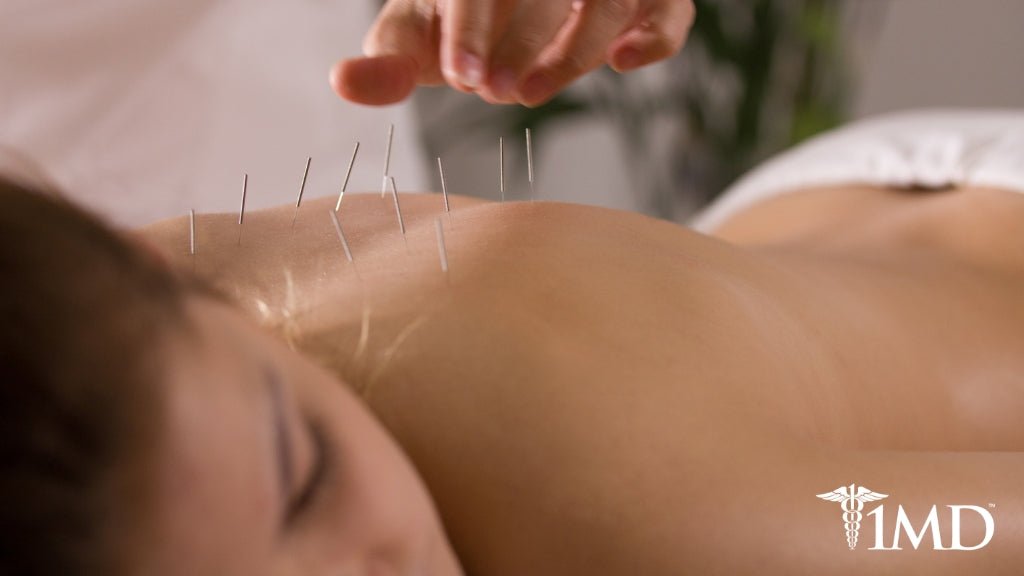
What do you know about acupuncture? It’s become relatively common in western culture so it’s not as foreign as it once was, but there are still a lot of misconceptions out there. The biggest one being that it uses needles to relieve pain.
To be clear, it can do that and for some reason that tends to be the focus in the United States, but that’s simply one result and not the entire role of acupuncture.
To truly understand what acupuncture is and how it’s meant to be used we need to take a step back and see it as a whole. The proverbial seeing the forest for the trees.
What Is Acupuncture?
Acupuncture is a component of traditional Chinese medicine. The practice began more than 2,500 years ago and is used to prevent, diagnose, and treat disease. It’s also a tool for general, all-over good health.
The basis of acupuncture is not pain relief, it is qi. Qi, according to Chinese tradition, is the essence of life, the energy that gives physical life as well as emotional, spiritual, and intellectual capabilities. It’s a concept that reaches across many cultures and has different names and practices, although it an non-scientific, unverifiable concept.
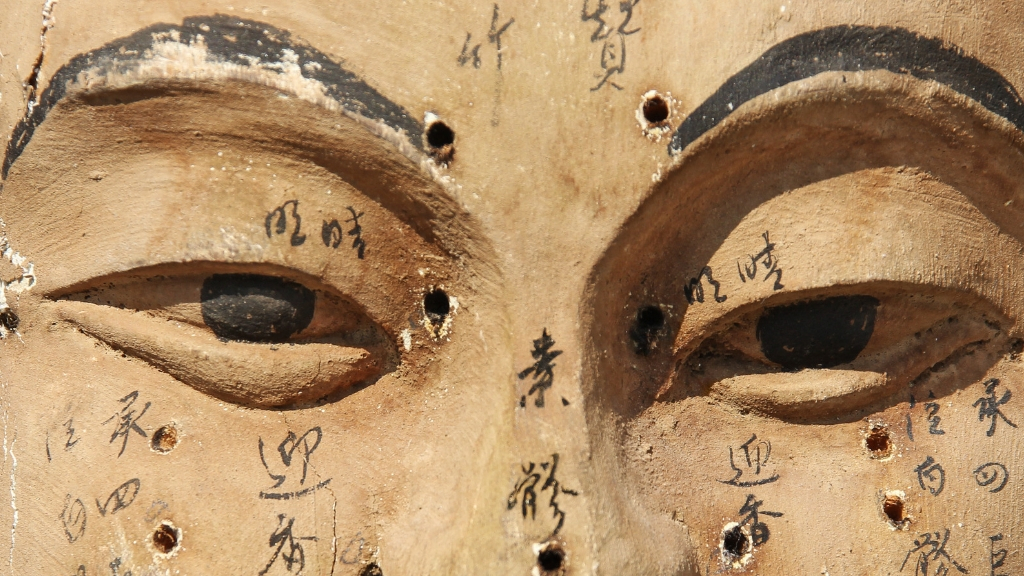
In Chinese medicine, acupuncture removes blockages from your qi to keep it flowing and keep you connected, balanced, and healthy. In a healthy person, qi flows through the meridians on the body.
There are 350 acupuncture points which access these meridians. By inserting a very thin needle into these points the energy flow can be unblocked and redirected to reestablish a healthy balance.
Fortunately, actual belief in these concepts is not required to enjoy the benefits of acupuncture. While the traditional ideas of energy may not be fact, the benefits of acupuncture are at least inconsistently verified, despite rampant publication bias.
There is a misconception here which should be addressed. The misconception is that acupuncture has always been a part of Eastern, particularly Chinese healthcare.
This is not true. It has come in and out of favor and acupuncture was even outlawed in 1929 in China along with other forms of traditional medicine as Western medicine rose in popularity. It was revived in 1949 as the communist government of that era pushed traditional forms of medicine back into favor.
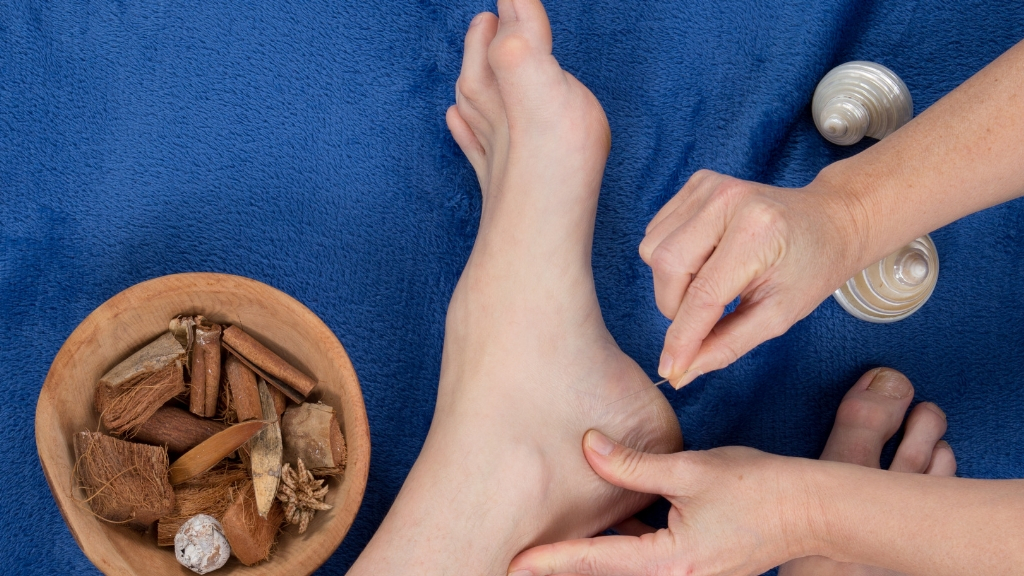
How Is Acupuncture Used?
The idea of restoring balance throughout the body to maintain or establish health is great. But what does that really mean and in layman’s terms, what is acupuncture used for?
The National Center for Complementary and Integrative Health (NIH) has compiled an in-depth collection of studies on acupuncture and found that there is evidence that when acupuncture is used for the following conditions it can sometimes provide relief:
♦ Low back pain
♦ Neck pain
♦ Osteoarthritis or knee pain
♦ Headaches
As you can see, most of the results that can be tested by science involve pain relief. For the other benefits of acupuncture, much can be said for the effectiveness of a placebo treatment.
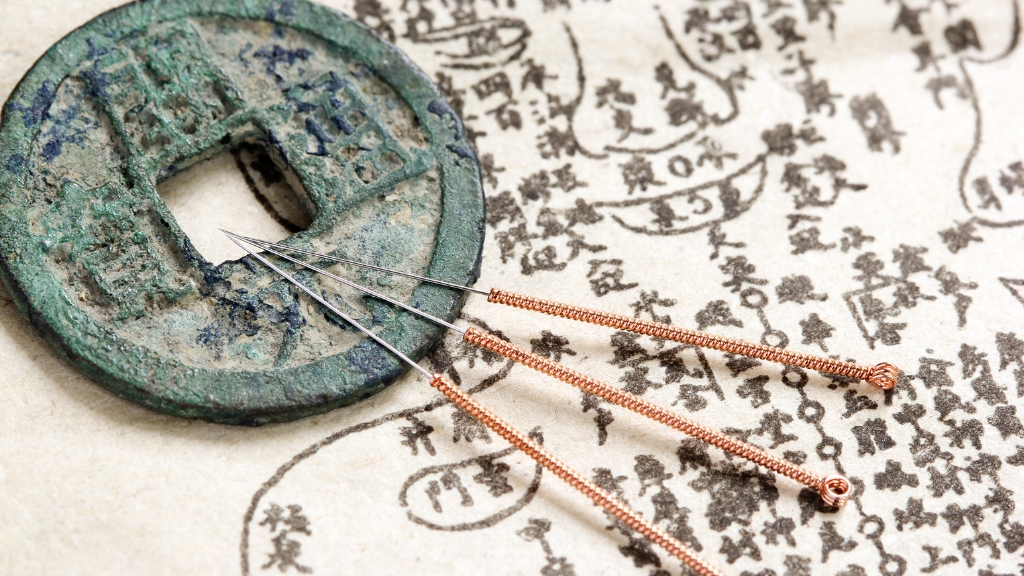
Which takes us back to more than 2,500 years ago when acupuncture began being used as a treatment to promote health and qi balance. The concept of meridians that are highways of energy through the body to support health and wellbeing is the basis of acupuncture.
How Does Acupuncture Work?
Since the resurgence of acupuncture, a lot of research has gone into how it works. It’s been proven to involve several naturally produced opioid neuropeptides in the human body by stimulating nerves, and this could produce both analgesic and anti-inflammatory effects.
| Related: The 6 Top Supplements for Relieving Joint Pain |
In addition, many biochemical and signaling pathways in the body have been identified as playing a role in the clinical effects of acupuncture. Acupuncture initiates a process called purinergic signaling, which plays a central role in many different body functions.
The Bottom Line
Acupuncture is a traditional Chinese form of health care and a technique for promoting well-being through regulating the flow of energy or qi through the body that has been around for roughly 2500 years.
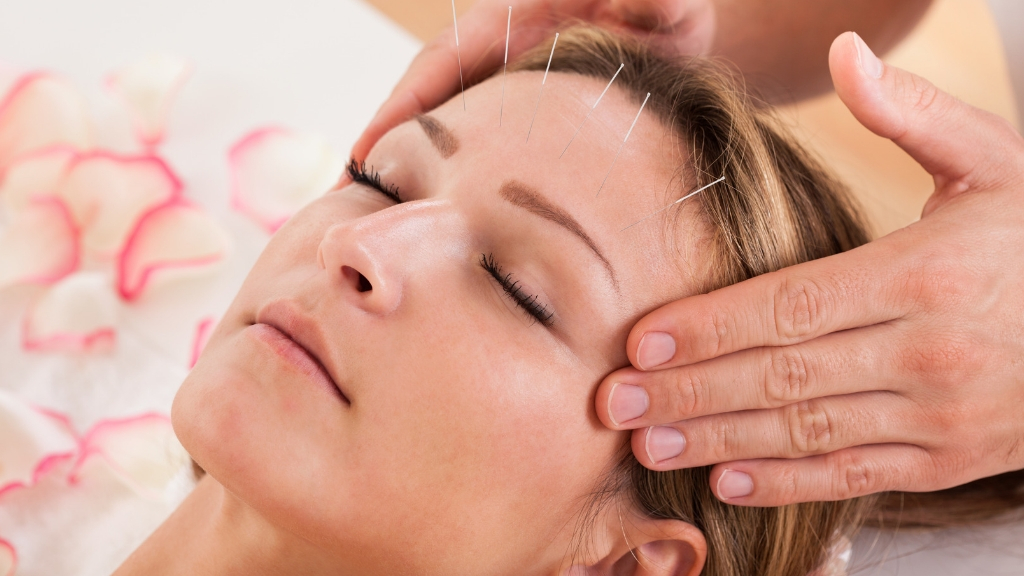
While credible scientific research has only found indications of pain-relieving properties, practitioners cite centuries of anecdotal evidence for other benefits.
For an ancient form of treatment, there’s still a lot to learn about acupuncture, but its future could be promising in Eastern and Western healthcare.












